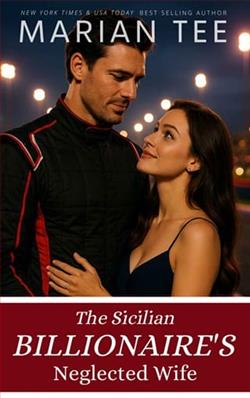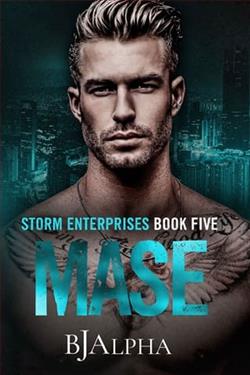Page 2 of The Ghost Orchid
It took another two weeks for that to finally change.
CHAPTER
2
The call came in at nine a.m. on a glorious Sunday. The familiar voice, tight with battle readiness but tinged with uncertainty.
“Too early for you?”
“No, been up for a while.”
“How you feeling?”
“Great.”
“Well…I’ve got one, been here since seven thirty, I figured maybe…”
“Sure.”
“Also,” he said, “not far from you. If you’re feeling up for it. Back in the old days you probably coulda run over here.”
I said, “Give me the address.”
—
The trip was four point eight miles from my house in Beverly Glen. A feasible run B.C.—before crushing—but even then I’d have driven because I like to get to scenes fast.
I wheeled the Seville down the nameless former bridle path that winds down treacherously from our half acre, drove south on Beverly Glen past the skinny chockablock houses that line the road in ourneighborhood, and transitioned to the grand estates just north of Sunset Boulevard.
At Sunset I hooked right and continued to the western gate of Bel Air, sped up Bellagio Road before turning onto a series of serpentine side streets. Reversing the process: eight-figure palaces followed by progressively more modest houses on limited woodsy lots.
Every crime scene’s unique but there’s also a sameness to them. The procedures, the activities of those who’ve chosen to work with worst-case scenarios. The emotional tone.
The first thing you see is what I’ve come to think of as Death’s Parking Lot: detectives’ unmarked sedans, patrol cruisers, crypt vans, hybrid compacts driven by coroner’s investigators.
Behind all that, the inevitable yellow tape. Canary-bright and sadder for that.
This was my first crime scene in four-plus months and simply arriving tweaked my brain and made me feel alive. No point wondering what that said about me. I was imagining, wondering, lasering the layout.
This lot was so thickly wooded that no structure was visible from the street. To the right of the vehicles, a burly young officer stood guard. The foliage hid neighboring properties, as well, creating an illusion of forest.
Cruelly peaceful.
—
Usually, Milo informs the cops that I’m coming and they lift up the yellow strand. Sometimes they even smile and welcome me by name.
This time I had to show my I.D. to Burly, who looked to be allergic to smiling.
He examined my driver’s license as if it were written in hieroglyphics, re-read, checked me out squint-eyed, stepped away and made a call. Returning, he favored me with a lemon-sucking frown, said, “Okay,” reluctantly, and left me to lift my own damn tape.
Trying not to read too much into any of it, I ducked under andpicked up my pace, ignoring the twinges in my ribs that followed each footfall.
Aiming myself toward the old days.
—
The forest turned out to be little more than a poorly trimmed amalgam of ficus and eugenia backed by huge, shaggy silver dollar eucalyptus. Decades ago, a plague had killed off most of the eugenia hedges in Southern California but a few survivors remain. The ficus tack-on said someone had settled for a quick fix in lieu of re-landscaping.















